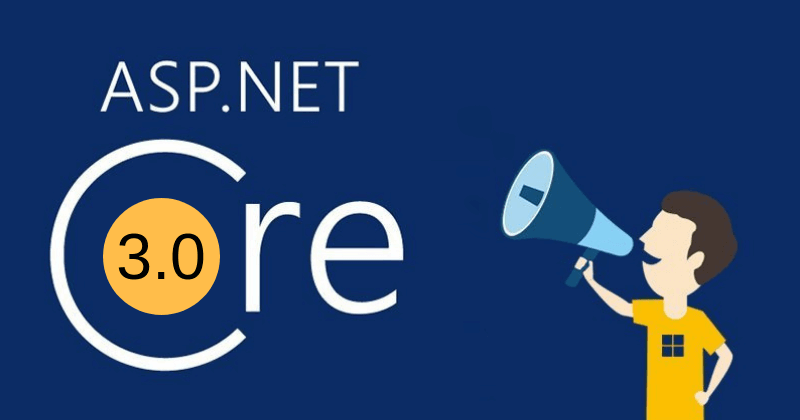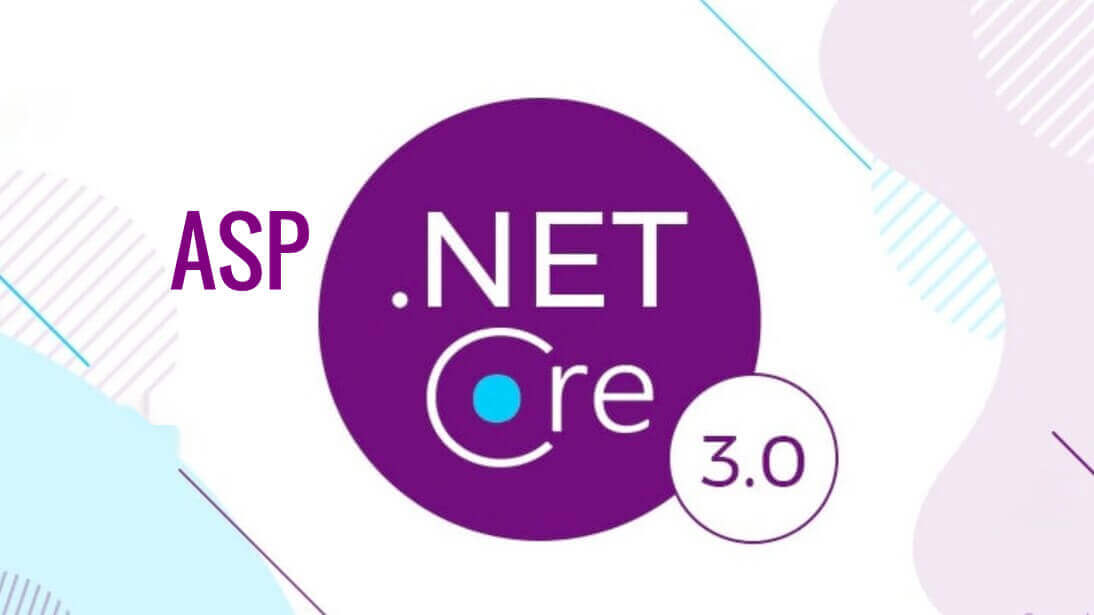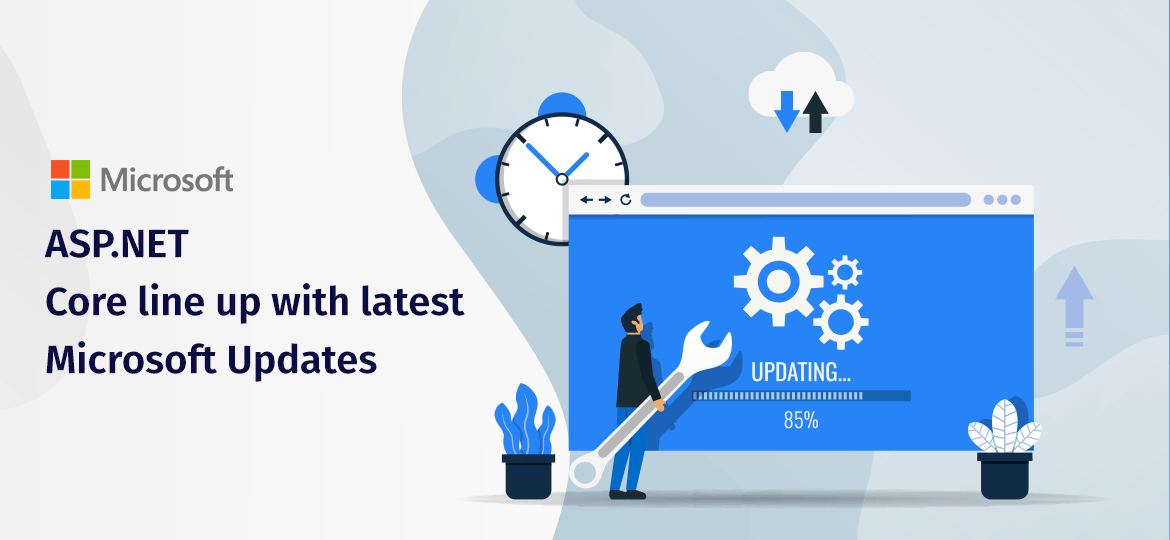
ASP.Net is an accessible web technology used by businesses for developing form-based and web-based applications. This framework was first introduced in the year 2002 by Microsoft, and since then, it has come a long way. The framework allows you to develop applications that would run, particularly on Windows. And over the period of time, ASP.Net has garnished more functionalities and features in this high-tech world. It is one of the most lightweight and high-performing frameworks with immense potential. Microsoft has announced the latest version of this framework, which is ASP.Net Core 3.0.
In the previous version, ASP.Net core 2.2, was quite popular among the developer’s community due to enticing functionalities. But the recently released .Net Core 3.0 boasts one of the most momentous improvements, which is the support for Windows desktop applications, for Windows only. The all-new .Net Core SDK component Windows Desktop, you will be able to port your Windows Forms and Windows Presentation Foundation (WPF) applications.
Here are some of the top updates that you’ll find in ASP.Net Core 3.0 Release Candidate 1:
1. Cross-platform proficiency:
If you’re considering web application development for enterprise, then boasting cross-platform ability becomes inevitable. More so, any web application that you’ll build using this framework will run seamlessly on Linux, Mac, and Windows. And in case, if your business wants more exposure on other platforms, then opting for ASP.Net web development company can prove as an ideal choice.
Earlier, while developing cross-platform apps, one must develop the only frontend with the same C# code for the backend. However, the upgraded .Net standard libraries enable developers to build cross-platform apps with maximum proficiency.
2. Easy to maintain:
When you do coding in this framework, you’re actually doing less coding for more functionalities. This language requires less coding, providing developers the ability to optimize the coding structure easily and develop a web application. That’s the reason it becomes easy to maintain due to lesser coding.
3. Modularity:
If you’re a pro developer, you are aware of the NuGet packages that allow you to add new functionalities to packages easily. To configure and install libraries, the NuGet package, and the Package Manager Console is what you will need. However, in the recent upgrade, NuGet has been extended to embrace the main feature of ASP.NET. It boasts an opt-in model, wherein developers can choose the features of the framework that they want to add to their projects. This will eventually make the process of maintaining and updating the projects much more comfortable.
4. Support for cloud-based development:
When it comes to cloud-based development, choosing the ASP.Net framework is an ideal decision. Many large enterprises prefer ASP.Net as it provides the development of a variety of web applications, the Internet of things, mobile backend, and a lot more. This is what makes .Net core web solutions a one-stop destination for all your enterprise requirements. Regardless of whether you have a large or small enterprise, ASP.Net assists in developing some innovative and outstanding web applications.
5. Extensible Output Caching:
With this tool, you can quickly cache the results generated by a specific page, and further, it will come up with the results during future requests. In this way, you can also restore data that is not updated frequently. When you request the same, the data will be cached from the cached location automatically without any hassle. This tool assists you in specifying the time required for data to be cached, and storing the same can be done within the server itself.
6. Blazor server-side:
The feature called “blazer” has become quite famous since its inception. It was introduced as “experimental” features, which has now become a full-grown framework to develop SPA kinds of applications using HTML, CSS, and C#. Yes, you read it right! Now you can build the integrity of the SPA using Blazor without the usage of JavaScript. No doubt, it will take its own time to mature, but at least that process has begun its way. This feature comes with two hosting models- client-side and server-side.
The server hosting model utilizes the SignalR as a channel for client-server communication. Whereas, client-server uses Web Assembly to download and run a .NET application to run with the browser’s compatibility.
Final words

In a nutshell, Microsoft is not pushing the features in the new ASP.Net Core 3.0; it is trying to polish the existing features more efficiently. The ASP.NET Core 3.0 Release Candidate 1 is production-ready and fully supported by the team of Microsoft. However, are you looking for a top-notch .NET web development company? Get in touch with our team of experts at info@concettolabs.com and discuss your requirements.







 Indonesia
Indonesia
 Botswana
Botswana
 USA
USA
 Italy
Italy
 Panama
Panama




 USA
USA UK
UK Saudi Arabia
Saudi Arabia Norway
Norway India
India Australia
Australia